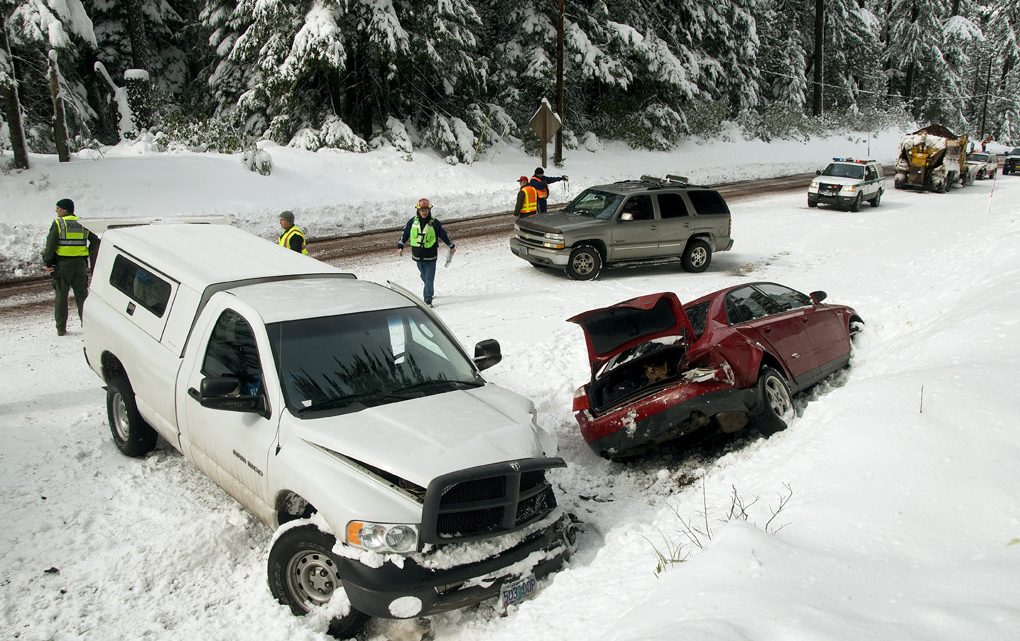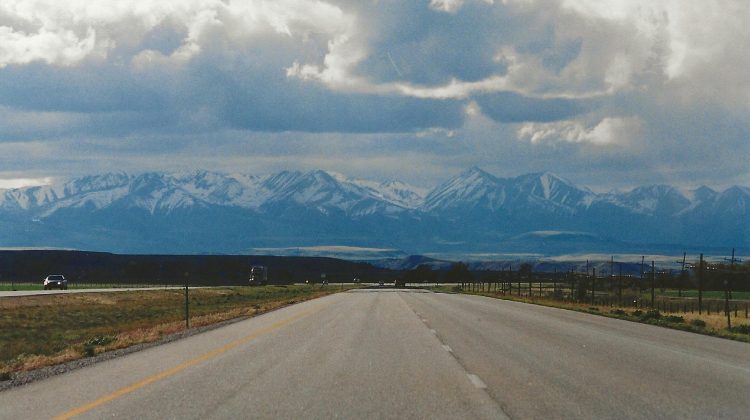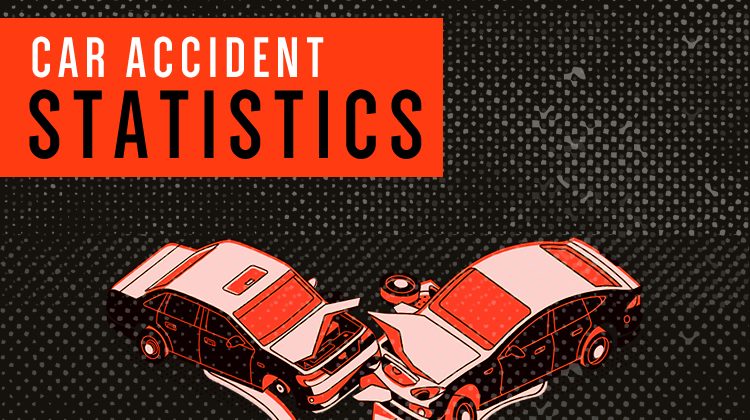Snow in Southern Texas
Last week, snowfall made a rare appearance in parts of Southern Texas, including Houston, Austin, and San Antonio. Although snow is common in northern Texas, Houston had not seen more than one inch of snow since 2009; San Antonio saw two inches of snow, the most since 1985.
Although many people were overjoyed to experience snow in their hometown for the first time, it started falling during the early evening, affecting many during their commute home. National Weather Service meteorologist Eric Platt even cautioned, “Snowfall is a rare occurrence in the winter time. If you don’t have to get out and drive, then don’t.” Police responded to various accidents throughout the night, but the largest accident occurred the next morning when there were 20 vehicles involved in an accident on an icy 410 exit ramp, prompting the headline: The Loop 410 Pileup Reminds Us That We Have No Idea What To Do When It Snows.
We at Safer-America have something to say about that. Each year, almost a quarter of weather related accidents occur on snowy and icy pavement with thousands killed and over a hundred thousand injured. With the beginning of winter right around the corner, we thought it would be a good idea to cover some safety tips related to winter and snowy weather driving. Especially for those of us who are unfamiliar with driving in the snow and do not have equipment such as chains, snow tires, or four-wheel drive, these quick tips can help you navigate through a hazardous situation in a pinch.
The Tips
- Accelerate Gradually. It’s no secret that snow creates slick and icy roads. If not equipped with the proper equipment, your tires will already have enough trouble creating friction. Rapid acceleration will cause the wheels to spin and can cause fishtailing. Regardless, you should only be driving 45mph or below on snow or ice anyway.
- Avoid braking or stopping suddenly. Brakes work by increasing the friction between your wheels and the road until you come to a stop. If there is no friction on the road, slamming on the brakes can force your car to skid and lose control. If you do not have anti-lock brakes, be especially cautious of braking rapidly.
- Double or triple the amount of space you give other cars. The normal following distance on dry pavement is about 3-4 seconds. For the reason stated above, that number should be increased to about 8-10 seconds. The more time there is to react, the less likely there will be sudden braking that causes a pileup of cars behind you.
- Don’t change lanes or turn more than necessary. Anytime you are either braking or turning the steering wheel on a slick road, there is a chance of losing grip and spinning out. Approach intersections slowly if the intention is making a right or left turn and don’t weave through lanes of traffic unnecessarily.
- Take additional precaution on hills. Whether you are ascending or descending, problems with grip or friction become even more treacherous when an incline is involved. Furthermore, avoid coming to a complete stop on a hill as the car may lose traction and slide backwards or forwards.
- Remain calm if you start to slip or slide. Although losing control might be alarming, one of the largest causes of accidents on slick surfaces is oversteering and braking. The rules can vary slightly depending on whether your car is front or rear wheel drive, but in most cases, you want to turn into the slide, meaning to point the steering wheel in the direction that the back of the car is sliding. Overcorrecting by steering against the slide can make matters worse and send the car into a spin.
- Use your headlights. This should be a no-brainer, just like driving slowly, but the more visible your vehicle, the less chance there is of an accident.
- Do not use your parking brake. If it is cold enough and there is potential for the parking brake to freeze onto the wheels, then do not apply your parking brake when your car is parked outside overnight.
According to San Antonio car accident lawyer, Justin Hill, aside from these specific tips, the number one thing you can do to stay safe on the road is driving predictably. Many accidents could have been avoided by simply using turn signals, not changing lanes suddenly, or slowing down at a reasonable speed. The more predictable your behavior, the easier it is for those around you to adjust and react.
Anything We Missed?
These tips can also be used in rainy situations as many of the same principles apply. Just be aware that snow can reduce average freeway speeds by up to 40%, so always exercise additional caution when it snows. Are there any important tips that we failed to mention? Please leave us a comment below.
Photo Credit: Oregon Department of Transportation





No Comment